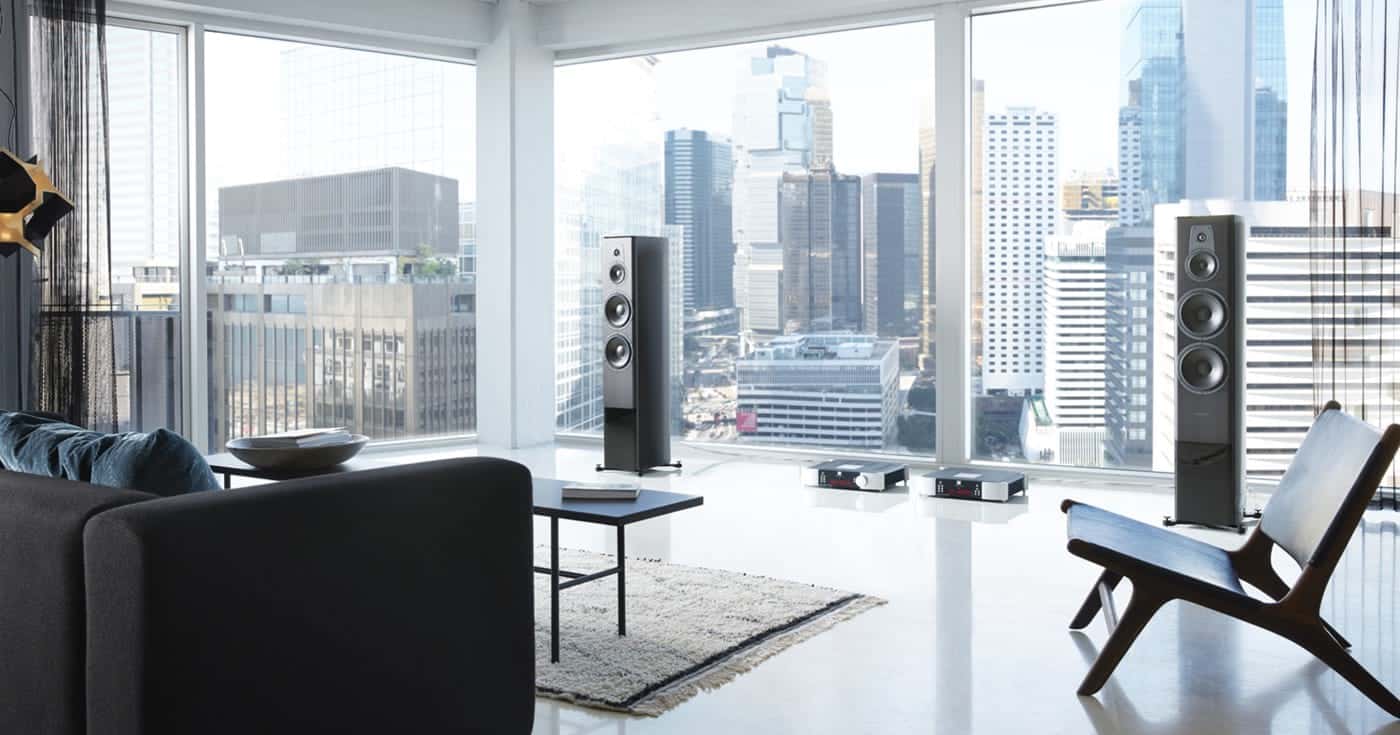Active speakers have a built-in amplifier, making them an all-in-one solution. Passive speakers, on the other hand, don’t have a built-in amplifier and require an external amplifier to drive them but they give you complete control of the quality of sound. Which one should you go for? Here’s some help.
Choosing the perfect speaker can be a daunting task, especially when there are so many options to choose from. With diverse preferences in music genres, listening habits, and budgets, it can be challenging to find a speaker that ticks all the boxes. One of the decisions you’ll need to make is whether to go for active or passive speakers. In this article, we’ll take a closer look at the differences between passive and active speakers and help you decide which one is the best fit for you.
Feature-wise comparison
Amplification
Active speakers have a built-in amplifier, making them an all-in-one solution. You don’t need to purchase a separate amplifier to drive the speakers. On the other hand, passive speakers don’t have a built-in amplifier and require an external amplifier to drive them.
Setup
Active speakers are generally easier to set up as they come with all the necessary components already built-in. You only need to plug in your source device, and you’re good to go. With passive speakers, you need to purchase an amplifier separately and connect it to the speakers using speaker wires.
Flexibility
Active speakers usually offer more flexibility in terms of inputs and controls. They often have multiple inputs, including Bluetooth, Wi-Fi, and wired connections, and come with built-in EQ and volume controls. Passive speakers have fewer inputs and controls and require a separate preamp or receiver to adjust the sound.
Sound quality
Both active and passive speakers can deliver high-quality sound, but the type of sound you get depends on the quality of the components used in the speakers and the amplifier. Active speakers can provide a more consistent sound as the amplifier is designed to work perfectly with the speakers. Passive speakers, on the other hand, allow you to choose your own amplifier, which can result in a more tailored sound.
Price
Active speakers tend to be more expensive than passive speakers due to the built-in components. However, when you factor in the cost of a separate amplifier for passive speakers, the overall cost can be similar or even higher.
Who should buy what?
Active speakers are a great choice for those who want a simple and convenient setup. They’re ideal for small spaces and for people who are not audiophiles but still want good-quality sound. They’re also great for those who want a system that’s easy to upgrade or expand.
Passive speakers are a good choice for audiophiles who want to customize their sound and have a separate amplifier already or are willing to invest in one. They’re also great for those who have larger spaces and want to achieve higher volume levels without sacrificing sound quality.
Conclusion
When it comes to choosing between active and passive speakers, it all comes down to personal preferences and requirements. Active speakers are great for those who want an all-in-one solution that’s easy to set up and use. Passive speakers are perfect for those who want to customize their sound and have more control over their system. Whatever your choice, remember that the quality of sound you get will depend on the quality of the components used in the speakers and amplifier.




